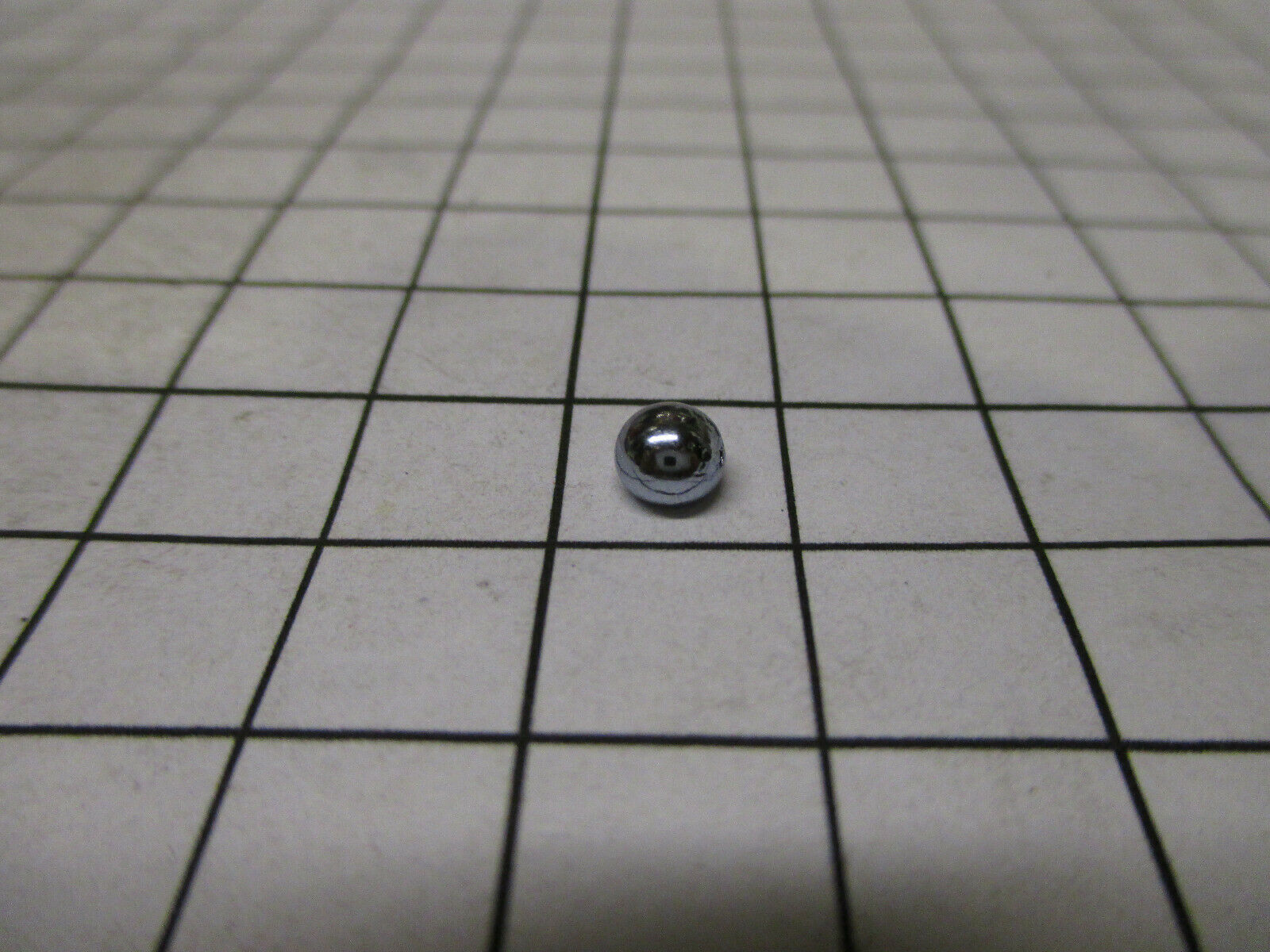-40%
Indium 99.999 Attractive Stamped 1 kg Ingot
$ 264
- Description
- Size Guide
Description
This listing is for a 1 kg indium ingot.Indium is almost a precious metal, a lovely silver-white metal that in appearance closely resembles silver itself. Indium is critical to much cutting edge technology, especially those, like LCD screens, requiring a transparent conductor. Indium is soft, about as soft as refrigerated butter. It is this softness that makes indium useful for gaskets in high vacuum lines where plastics and oils won’t work because they outgas under high vacuum. Indium has a low melting point, 156.68°C (314.9°F), low enough to melt in a kitchen oven in silicone cookware. Liquid indium has low surface tension. Unlike mercury indium does not bead up, but flows like water and wets surfaces. The industrial utility of indium is such that it is considered an important strategic metal.
Over the years the average price of indium has been similar to that of silver, although this is not true at the moment. The natural abundance of indium also is about that of silver.
Indium is one of only two elements with a stable isotope whose major isotope is unstable (the other is rhenium). 115In, which comprises 96% of all natural indium, decays by beta emission to 115Sn. The half life of this decay --440,000,000,000,000,000 (440 quadrillion) years-- is so long that it can be detected only with extremely sensitive instruments. Indium is not a radiological hazard.
Indium sings when it is bent.
One last thing, a pet peeve: indium is not a rare earth metal. “Rare earth” is not a general term for rare base metals, but refers to a group of chemically similar metals called the lanthanides, which are the top of the two separate rows of elements that usually are set below the rest of the table. Most of the rare earths are not rare.












